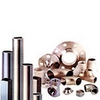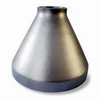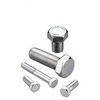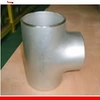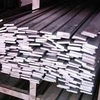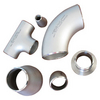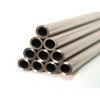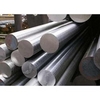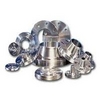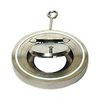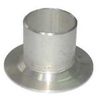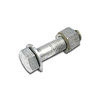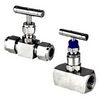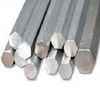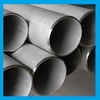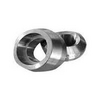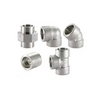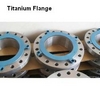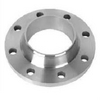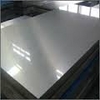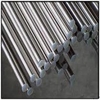Nickel 200 and Nickel 201 are solid solution strengthened, commercially
pure wrought materials with good mechanical properties over a wide range
of temperatures and excellent resistance to many corrosives, in
particular hydroxides. Nickel 201 was a modification of 200 to control
carbon (.02 max) which keeps it from being embrittled by intergranular
precipitates at temperatures of 600° F to 1400° F in many processes.
Typically, the elemental restrictions of both, nickel 200 and nickel
201, are combined into one, dual-certified chemistry resulting in a
single alloy with the desired characteristics of both alloys, Nickel
200/201.Nickel 200 (UNS N02200) Chemical Composition, %
| Ni | Fe | Cu | C | Mn | S | Si |
|---|---|---|---|---|---|---|
| 99.0 min | .40 max | .25 max | .15 max | .35 max | .01 max | .35 max |
Nickel 201 (UNS N02201) Chemical Composition, %
| Ni | Fe | Cu | C | Mn | S | Si |
|---|---|---|---|---|---|---|
| 99.0 min | .40 max | .25 max | .02 max | .35 max | .01 max | .35 max |
| Place of Origin | Not Given |
| Minimum Order Quantity | Not Given |
| Supply Ability | Not Given |
| Packaging Details | Not Given |
| Delivery Details | Not Given |
In what applications is Nickel 200/201 used?
- Food processing equipment
- Marine and offshore engineering
- Salt production
- Caustic handling equipment
- Manufacture and handling of sodium hydroxide, particularly at temperatures above 300° F
- Reactors and vessels in which fluorine is generated and reacted with hydrocarbons
Applications where Nickel 200-201 can be used include chemical processing and storage, synthetic fiber production, and processes where sodium hydroxide and fluorine is used.
Nickel 200 T



